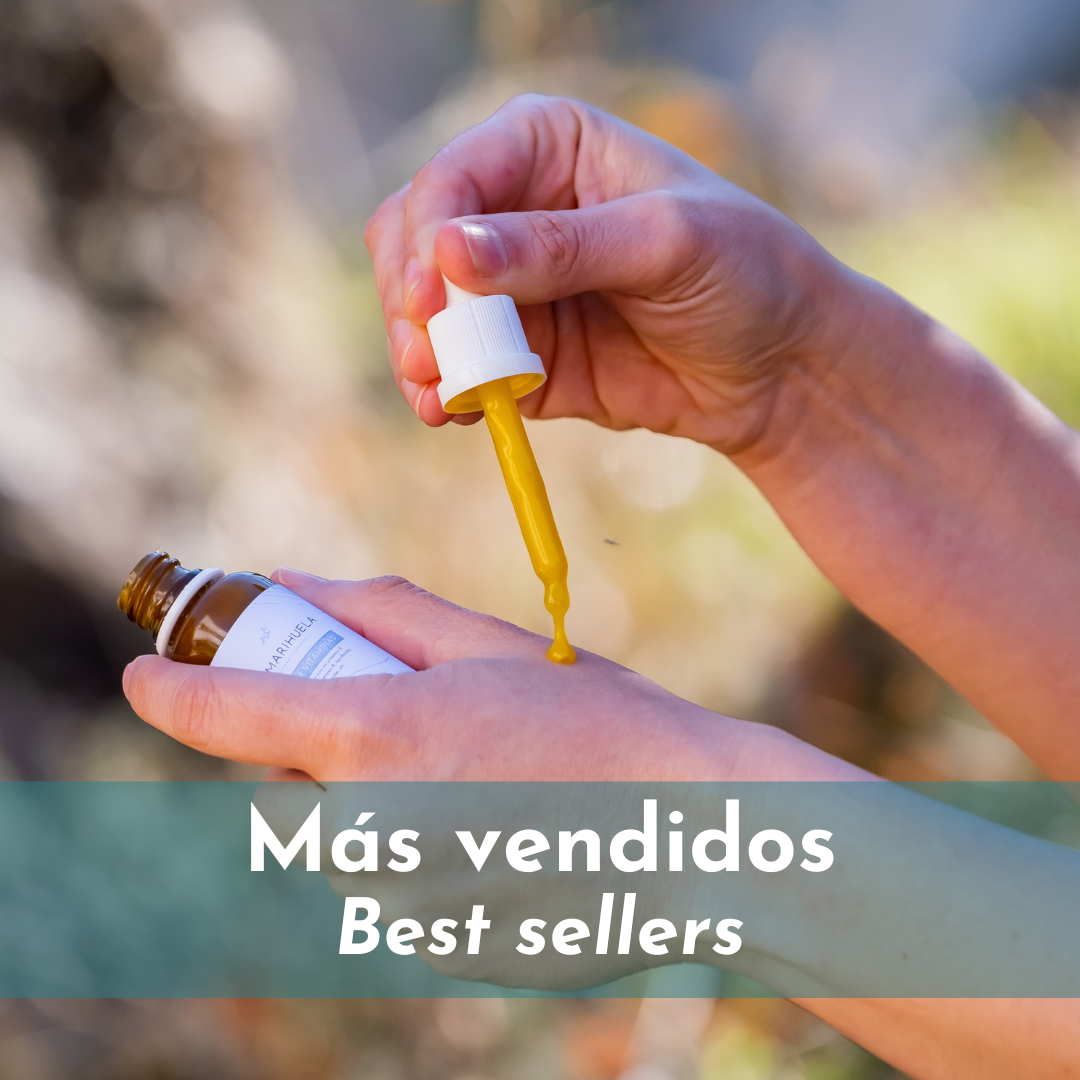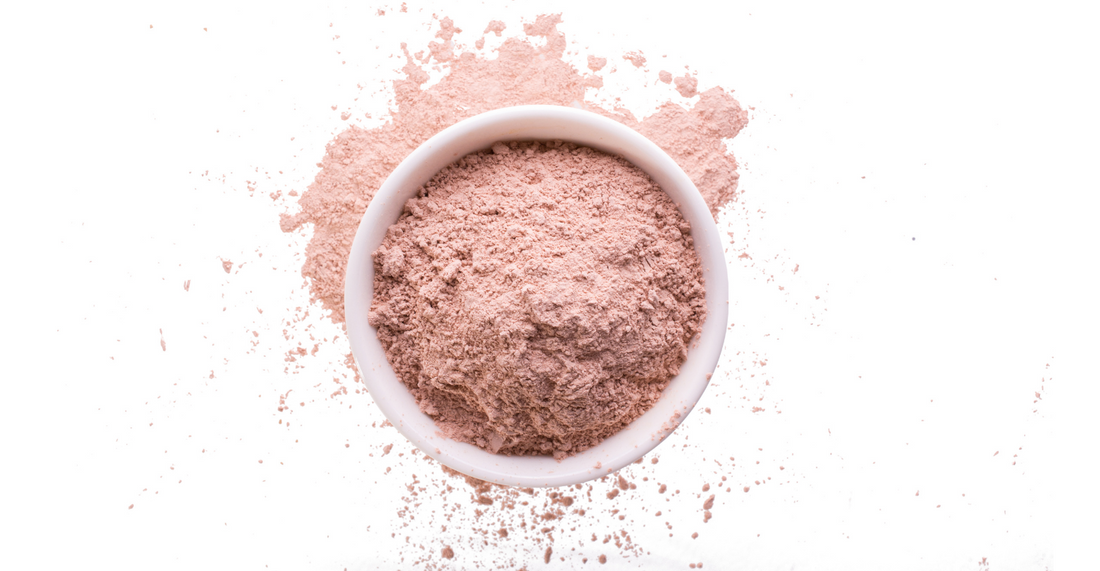This facial mask is a specific type of care and complementary to the usual ones, both for the face and the body. With the mask, more immediate results are sought than with long-term cosmetic treatments.
In the formulation of masks, ingredients and active ingredients are concentrated, and are applied for a period of time according to the specific purpose of the mask.
There are several cosmetic formulae for natural masks, such as: from emulsions or gels that are left to act for a longer time on the face, powdered ingredients with which a paste or homogeneous mixture is formed, balms and ointments, etc.
Masks can have many uses, as well as many ingredients and active principles. Some of the most used according to their function in facial cosmetics are:
- Moisturizing and/or nourishing.
- Drying or sebum regulators.
- Soothing and/or restorative.
- Illuminating and/or tensing.
- Draining or stimulating circulation.
- Purifying, exfoliating or deep cleaning.
- Relaxing and anti stress.
In this article, we will talk about masks made with clay as the main ingredient, and specifically, pink clay.
Clay mask base formulation
Clay-based mask formulations are in the cosmetic form of a paste. This paste consists of a mixture of pulverulent substances in a large proportion dispersed in an aqueous or oily vehicle, being able to incorporate active ingredients depending on the application.
The composition of a paste mask usually has:
- A solvent or vehicle, which can be water-based or oil-based, between 20 and 50%.
- A humectant (in the case of an aqueous vehicle), between 0.1 and 10%.
- Powdery substances (including clays), between 30 and 80%.
- Active principles, between 01 and 10%.
- Preservatives, dyes and perfumes or essential oils, between 0.5 and 2%, 0.1 and 2% and 01 and 2% respectively.
In homemade masks, it is recommended to prepare them at the time of application, so they will not contain preservatives, and their use must be immediate, discarding what is not used.

Preparation of the facial and natural care workshop. (La Marihuela, Nov. 2021)
Pink clay
Pink clay is a mixture of red and white clay. These clays are natural minerals from the phyllosilicate family (such as talc and micas). It is composed of hydrated aluminum silicate and iron oxide. Its laminar structure (in sheets) gives it good absorbent and covering properties.

Clays have the property of absorbing liquids like water, filling up a bit like a sponge.
Clays also have the ability to adsorb, that is, fix molecules on their surface. This ability to bind molecules comes from the fact that clays are negatively charged. The negative charge is explained by the presence of minerals (the more concentrated the clay is in mineral salts, the more negatively charged it will be). When the clay is in solution, it will attract the opposite positive ions from this solution and will be able to exchange them once in contact with the skin. Therefore, the clay will help the remineralization and detoxification of the skin, exchanging its mineral salts for toxins and impurities in the skin. This phenomenon allows the clay to transmit active ingredients and return them to the skin.
Pink clay is used as an ingredient in many cosmetic preparations. It is suitable for all skin types, even the most sensitive. It has a toning effect and gives a healthy appearance to the skin due to its richness in minerals.
Among the main qualities of pink clay we have that it purifies, softens and restores luminosity to the complexion, while it deeply cleanses, tones and hydrates our skin.
Properties:
- Cleansing and purifying . Pink clay favors deep cleansing, purifies the skin and achieves a healthy, luminous and radiant appearance on the skin.
- Absorbent, toning and mattifying . This clay is not abrasive and is characterized by its healing, antiseptic and anti-inflammatory properties.
- Hydration. Provides hydration and relieves redness of sensitive skin. In addition, it restores the natural balance of the skin and absorbs excess oil.
Pink clay mask for dry and/or sensitive skin
The mask that we share below is a purifying and balancing mask for all skin types, being suitable for dry and sensitive skin.
In this mask we will also use sweet almond oil, which will help to recover the lipid layer of our skin, leaving a soft sensation. This oil can be replaced by another of preference, such as argan oil, hazelnut oil, apricot kernel oil, etc. Always choose an oil that is suitable for your skin and for the type of application desired.
Optionally, we can add a few drops of essential oils. In this case, we recommend lavender, sweet oranges, or a mix of both. It is important that you respect the maximum dosage of essential oils, and the allergen content of this in case of
This mask is applied to the damp skin of the face, massaging gently, leaving it to act for between 5 and 10 minutes. Then it should be rinsed with clean water, preferably lukewarm.
Formula:
The individual dose of a mask is approximately 25 grams. Do not waste materials, since the excess should be discarded and the application of the excess would have no greater effect.
| Ingredients | % | grams | Approximate measurements |
| Pink clay (uses cosmetic grade clay, of high purity and quality and of low granulometry, without preservatives or other treatments and free of nanoparticles). | 48% | 12 | heaped spoon |
| Mineral water, boiled water or hydrosol from a suitable plant for the application (chamomile, rose, chamomile, etc.) | 47% | 11.75 | level spoon |
| Almond oil (or vegetable oil suitable for the skin and the type of cosmetic application) | 4% | 1 | 10 drops approx. |
| Essential oils* | 1% | 0.25 | 5 drops approx. |
*Note: You should use essential oils with caution. If you do not know the properties, the maximum dosages or the possible side effects, consult an expert before using them.
Preparation:
- Sterilization of the utensils and the surface to be used.
- Preparation and weighing of the raw material.
- Put the pink clay and add the water to the container and mix carefully until you have a homogeneous and fluffy paste. As an option, you can use a glass and a mini-blender to get mousse textures.
- Finally, add the vegetable oil and mix well.
- Use your preparation immediately, it cannot be stored.
Important notes:
- Individual dose: 25 g per application approximately. Do not waste materials, since the excess should be thrown away.
- If you need to thicken or thin the mixture, gradually vary the amount of powder or water.
- Use only cosmetic or pharmaceutical grade clays, which do not contain impurities (especially heavy metals).
- They must be clays that have undergone a sterilization process, since clays are naturally contaminated with microorganisms.
- It is not recommended to make water-based cosmetic products with clays (such as masks) if they are not consumed immediately, because they can adsorb preservatives (as well as other components), making them lose effectiveness. However, it is usual that in commercial preparations, the dry base usually contains them.
- Do not use metallic elements for the manipulation of clays.
If you are interested in learning about other formulation examples, subscribe to our newsletter on our website www.lamarihuela.es or send us an email to hola@lamarihuela.es .

Here you can learn more about cosmetic grade La Marihuela pink clay.
Here you can learn more about the Vie en Rose de la Marihuela soapstone .

